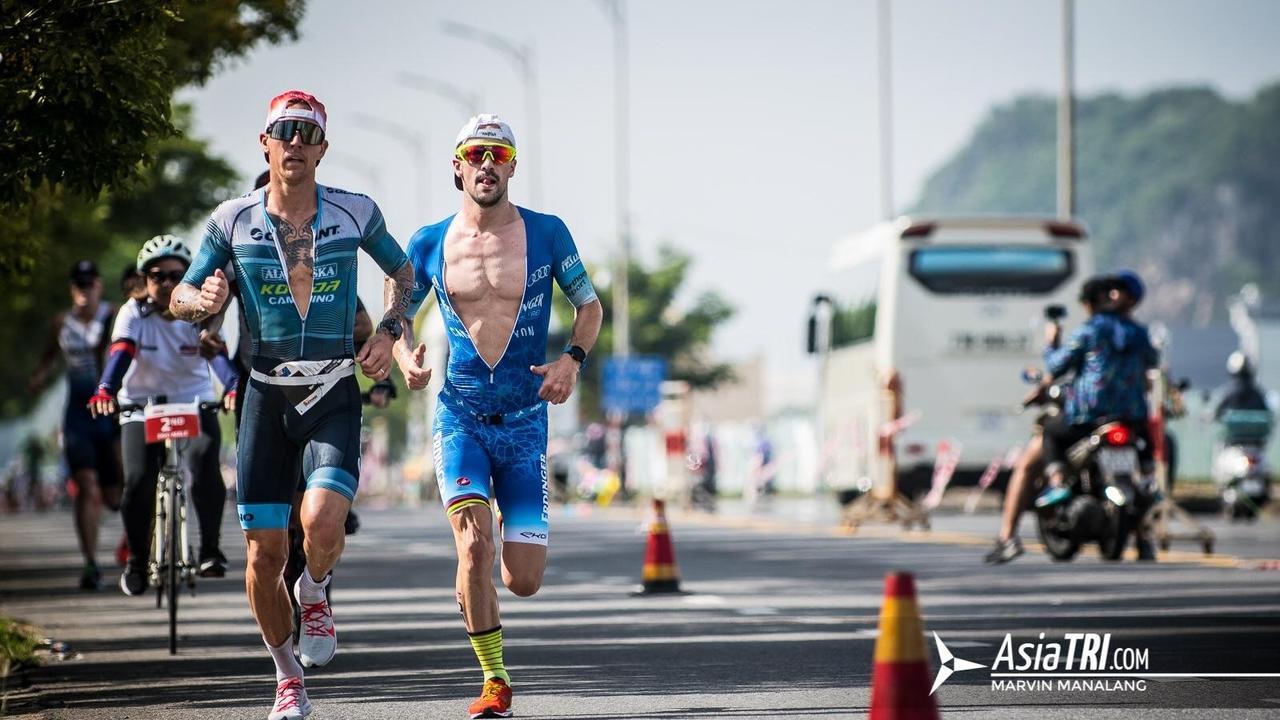The maximum metabolic steady-state: Definition, measurement, and application

By Dr Ed Maunder and Dr Dan Plews
Recently, we blogged about the importance of the lactate threshold in long-distance triathlon training and performance. As we discussed, the lactate threshold is also referred to as the ‘aerobic threshold’, or VT1 and LT1. In this blog we are going to discuss the importance of the second physiological threshold, commonly referred to as the ‘anaerobic threshold’, ‘lactate turn-point’, or VT2 and LT2 (29). We refer to this second threshold as the ‘maximum metabolic steady-state’ (MMSS), and in this blog, we will explain why.
The maximum metabolic steady-state
The MMSS refers to the intensity at which we transition from ‘steady-state’ to ‘non-steady-state’ metabolic responses to prolonged exercise. When we are in a metabolic steady-state, exercising at a constant-power or pace will produce stable responses; that is, muscle and blood lactate concentrations, acid-base balance, phosphocreatine availability, and oxygen consumption (VO2) will plateau and ...
Interpreting Shifts in Blood Lactate Profiles

Dr Dan Plews & Ed Maunder
In this blog, we are going to provide a little detail for athletes and practitioners on how to interpret changes in blood lactate parameters and profiles derived from serial laboratory-based lactate threshold assessments. These assessments typically involve exercising initially at a very low workload, considerably below the aerobic threshold, with heart rate and blood lactate concentration recorded prior to an increase in workload every 3-4 minutes (although these ‘steps’ can be longer). These steps are repeated until exhaustion. Expired gases may be collected throughout, and these can provide insight into movement economy, substrate utilization, and maximum oxygen uptake (VO2max). The tests are typically performed for (i) training zone identification and (ii) monitoring adaptations to training.
Classic rightward and leftward shifts
Below we have a textbook rightward-shift in the blood lactate vs. power output curve, which we would interpret as indica...
What is your Maximal Fat Oxidation Rate?

Photo credit AsiaTri
By Ed Maunder and Dan Plews
Straight off the back of some great racing at this weekend's 70.3 Vietnam Asia-Pacific Champs, we thought it was high time for another blog post. Some epic racing from some of our athletes last week, and greatly deserved. Berks taking second to current back-to-back World Ironman Champ Patrick Lange, and Assad Attimimi and Merle Talviste taking age-group wins (& 2nd spots in the age-group overall).
In the previous two blogs we talked about our paper in Sports Medicine last year where we made estimates of fat and carbohydrate utilisation rates during Ironman Triathlon at different performance standards (8, 9, and 13-h finishing times). We also published the spreadsheet we used to do this online, where individual athletes and practitioners could plug in their own measured values from laboratory assessments to enable more precise estimates.
However, we understand that many individuals do not have access to the laboratory assessm...
